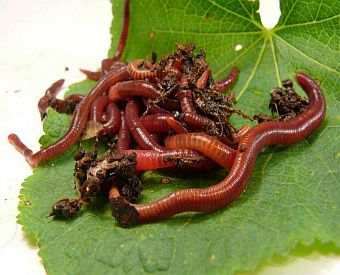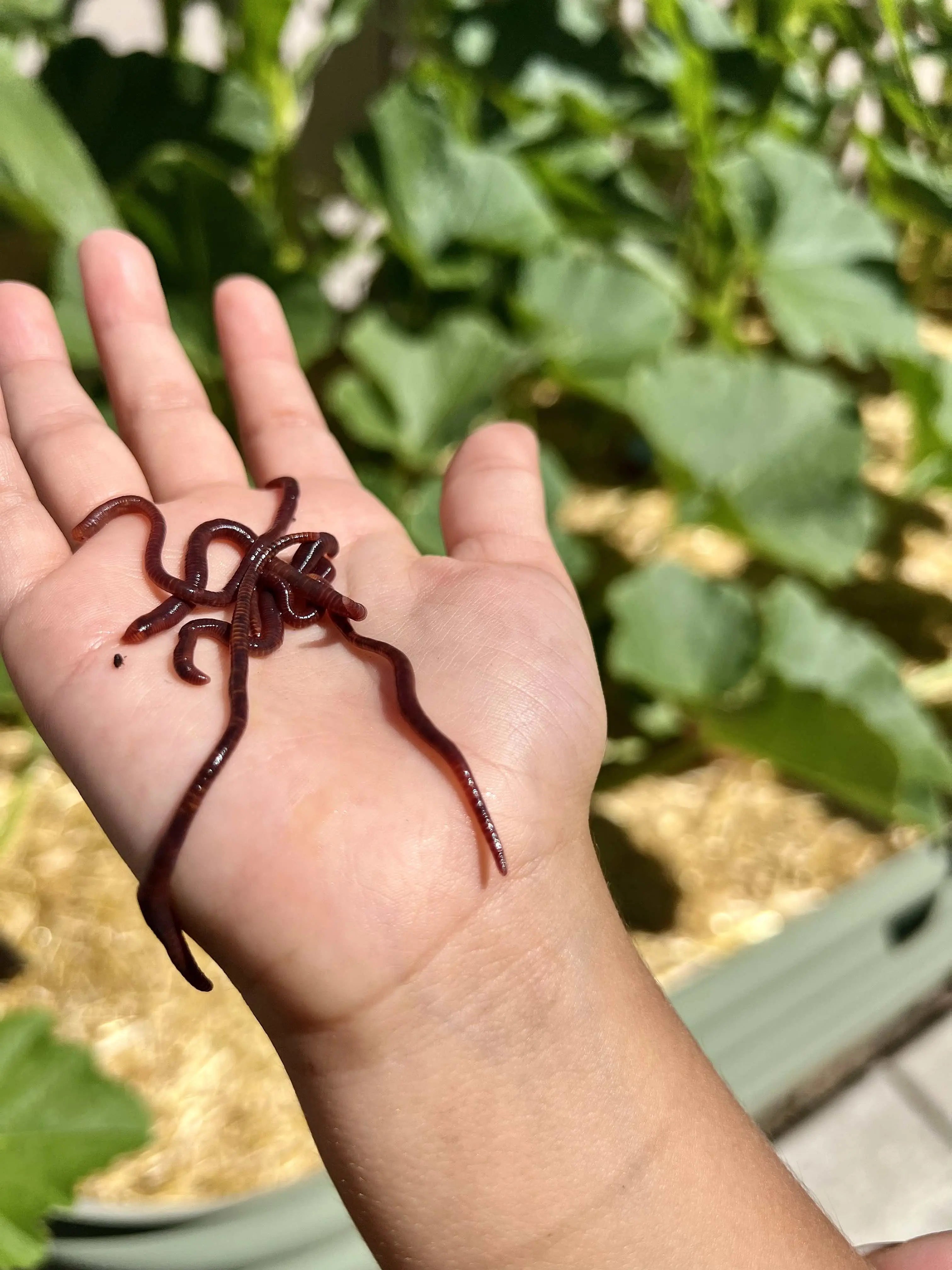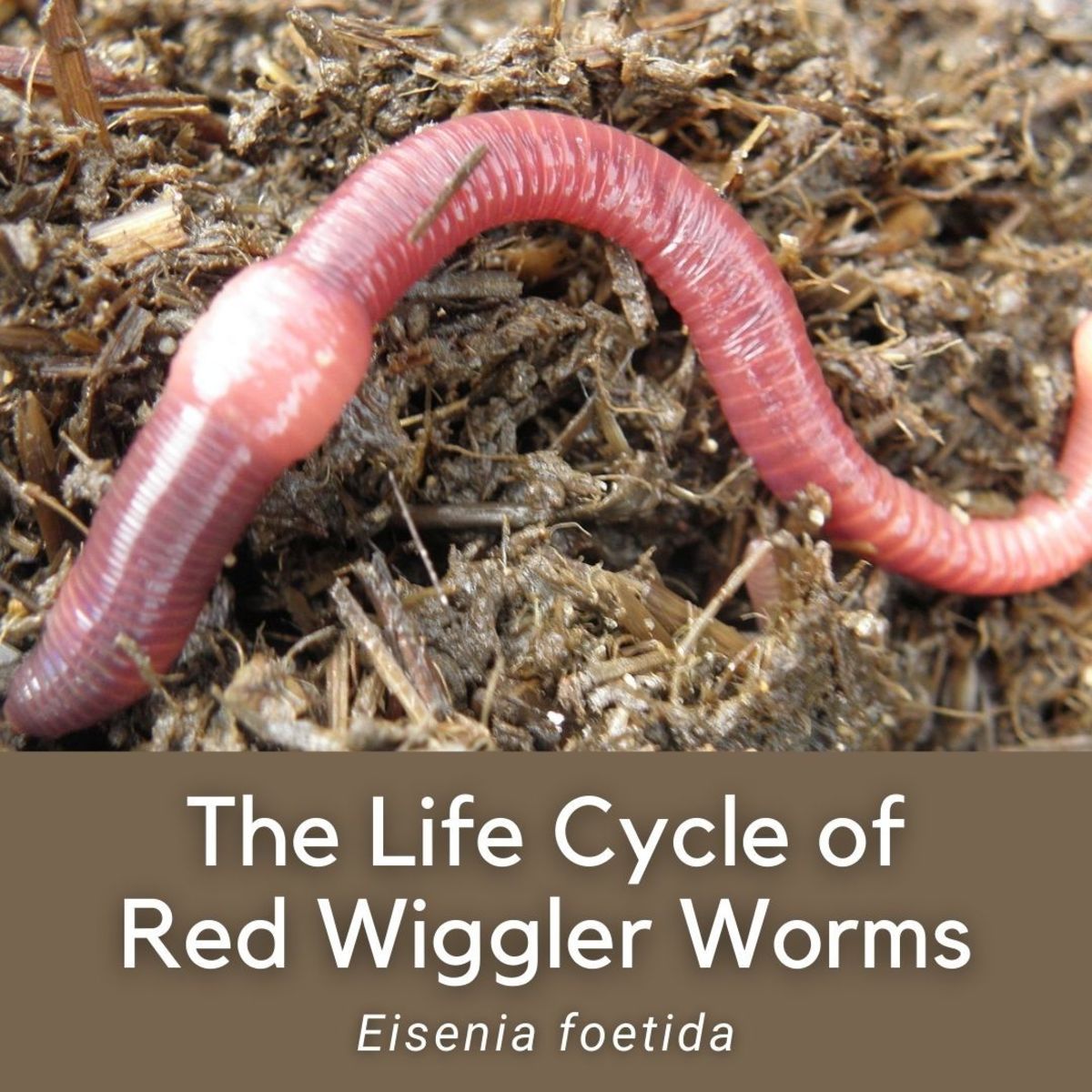Red Wiggler Worms - Perfect for Vermicomposting and Soil Enrichment
Making The Most Of the Benefits of Red Wiggler Worms: A Comprehensive Handbook for Home Gardeners and Urban Farmers
In the world of lasting horticulture techniques, red wiggler worms stand as unhonored heroes, silently changing natural waste into nutrient-rich spreadings that can function marvels for dirt wellness. By discovering the details of how to effectively care for and take full advantage of the benefits of red wiggler worms, individuals can unlock a wealth of opportunities for boosting the sustainability and performance of their horticulture undertakings.
Comprehending Red Wiggler Worms
Red Wiggler worms, renowned for their efficient composting capabilities, are a varieties of earthworms widely used in vermiculture techniques. These worms, scientifically called Eisenia fetida, grow in decaying organic material, making them excellent candidates for composting (Red Wiggler Worms). Red Wigglers are voracious eaters, with the ability of eating their own weight in organic waste daily. Their digestion procedure breaks down natural issue right into nutrient-rich castings, which are a beneficial source for improving dirt and advertising plant growth.
One key characteristic of Red Wiggler worms is their reproductive price. These hermaphroditic creatures possess both male and female reproductive organs, enabling them to replicate quickly under positive problems. A fully grown Red Wiggler can create several children in a short period, making sure a consistent populace within a composting system.

Setting Up a Worm Container
When establishing a worm bin for vermiculture functions, appropriate prep work and interest to information are essential for creating a favorable atmosphere for Red Wiggler worms,. Begin by picking a suitable container for your worm container. This can be a plastic or wood container with a lid to maintain wetness levels and secure the worms from light. Make certain that the container has drainage holes at the bottom to stop waterlogging.

Area the worm bin in a cool, dark area away from direct sunshine and extreme temperature levels. Routinely keep track of the moisture degrees, adding water if the bed linens feels half-cracked or dry. Feed the worms a well balanced diet plan of fruit and veggie scraps, preventing citrus fruits, onions, and spicy foods. By following these actions, you can set up a growing worm bin that will successfully process natural waste right into nutrient-rich vermicompost for your garden.
Feeding and Maintaining Worms
Making sure a nourishing and balanced diet plan is crucial for the health and wellness and performance of Red Wiggler worms in a vermiculture system. Red Wigglers are voracious eaters, efficient in eating their very own body weight in organic matter daily. To keep a thriving worm population, it is important to provide them with a range of food scraps such as vegetables and fruit peels, coffee premises, tea bags, and crushed eggshells. It is crucial to stay clear of feeding them citrus fruits, onions, garlic, dairy products, meat, and oily foods as these can be unsafe to the worms or cause unpleasant odors in the bin.
Appropriate dampness degrees are likewise essential for the health of Red Wiggler worms. The bedding needs to feel like a damp sponge, giving adequate moisture for the worms to take a breath via their skin. Routinely check the moisture degrees and readjust by including water or completely dry bed linen product as required. In addition, preserving appropriate temperature problems in between 55-77 ° F(13-25 ° C )will guarantee optimal worm task and recreation. By carefully monitoring their diet, dampness, and ecological conditions, home gardeners and city farmers can maintain a healthy and balanced and productive Red Wiggler worm population for composting purposes.
Gathering Worm Spreadings
To effectively draw out nutrient-rich worm spreadings from the vermicompost, a methodical harvesting procedure is important for making the most of the composting benefits. Red Wiggler Worms. The initial step in collecting worm castings is to urge the worms to migrate away of the bin. This can be accomplished by placing fresh food scraps on one side and leaving the opposite side uninterrupted for a few days. As soon as most of worms have actually moved to the side with fresh food, the castings can be accumulated from the opposite side.
After the spreadings have been gathered, it is very important to divide any kind of remaining worms from the castings to prevent damaging them during storage or application. One efficient technique is to develop cone-shaped stacks of spreadings under intense light. Worms will instinctively move away from the light, enabling for simple splitting up and elimination.
Lastly, the gathered worm spreadings need to be saved in an awesome, dark, and dry location to preserve their top quality and performance as a nutrient-rich dirt modification. By following these steps, home gardeners and urban farmers can maximize the benefits of red wiggler worms in their vermicomposting systems.
Utilizing Worm Castings in Gardening
The incorporation of nutrient-rich worm castings right into yard dirt can substantially boost plant development and general soil health and wellness. Worm castings, likewise referred to as vermicast, are an all-natural plant food created by red wiggler worms as they break down organic matter. These castings are abundant in crucial Visit Your URL nutrients like nitrogen, phosphorus, potassium, and beneficial germs that advertise plant development and boost soil structure.
When utilizing web worm spreadings in horticulture, it is important to blend them completely into the dirt or utilize them as a leading dressing around plants. The slow-release nature of worm castings makes certain a constant supply of nutrients to plants gradually, minimizing the danger of nutrient leaching and promoting lasting dirt fertility. Furthermore, worm castings aid enhance soil aeration, water retention, and microbial task, producing a healthy setting for plant roots to thrive.

Final Thought
In final thought, the use of red wiggler worms in home try this out gardening and metropolitan farming can considerably benefit dirt health and plant growth. By comprehending how to establish up and preserve a worm bin, feed the worms effectively, and collect their nutrient-rich spreadings, garden enthusiasts can maximize the advantages of these earthworms.
In the world of lasting horticulture methods, red wiggler worms stand as unsung heroes, silently changing natural waste into nutrient-rich castings that can work marvels for dirt health and wellness.When establishing a worm bin for vermiculture objectives, proper preparation and focus to information are necessary for producing a favorable environment for Red Wiggler worms. The first action in gathering worm castings is to encourage the worms to move to one side of the container. Worm castings, also known as vermicast, are an all-natural fertilizer produced by red wiggler worms as they damage down natural matter. By recognizing just how to set up and keep a worm container, feed the worms appropriately, and harvest their nutrient-rich castings, gardeners can maximize the advantages of these earthworms.